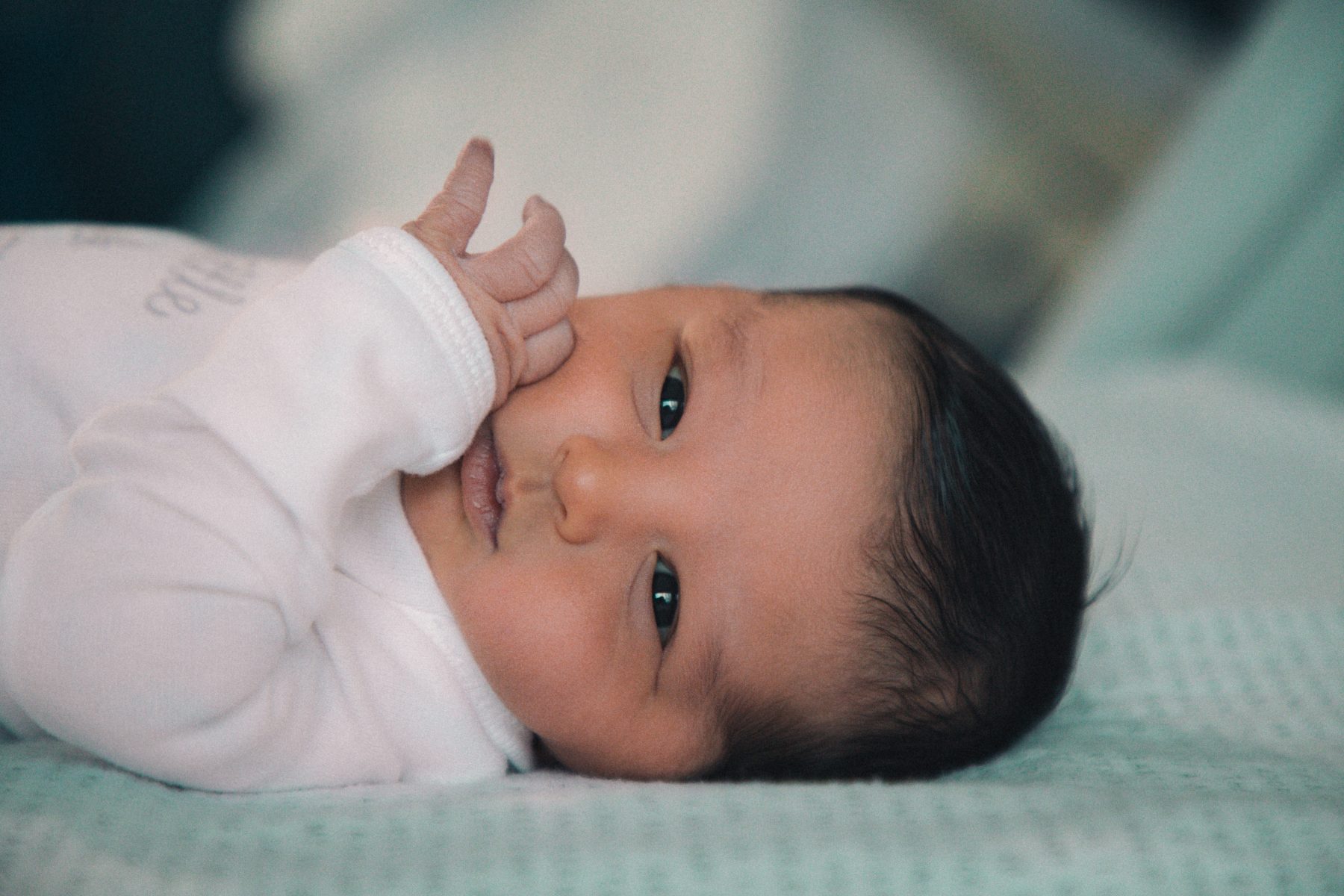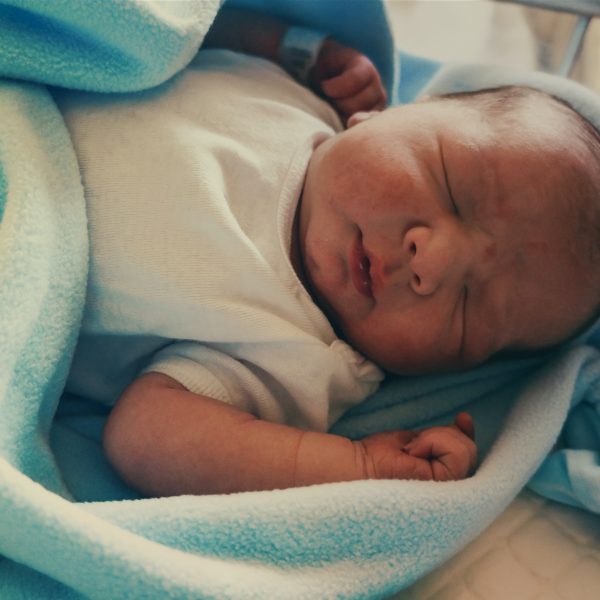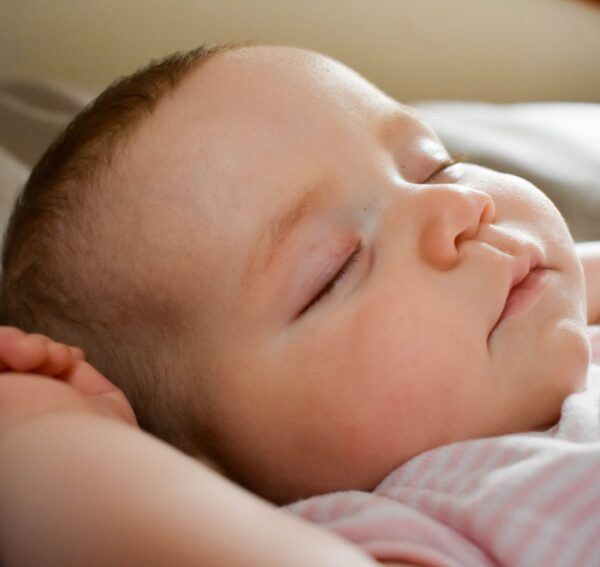Safe sleep practices information from Red Nose to safeguard children

Red Nose, Australia’s leading authority on safe sleep and SIDS prevention, has issued advice, via the New South Wales Regulatory Authority, about best practice policies and steps which can be taken to set up a safe sleeping environment in an early childhood education and care (ECEC) service.
“Ensuring the sleeping environment of a baby or child in your care is safe and fit for purpose, is a crucial part of your responsibility as an early childhood educator,” a Red Nose spokesperson said.
“Red Nose is Australia’s leading authority on safe sleep and SIDS prevention, and we’re here to help make it as easy as possible for you to stay up to date on current safe sleeping practices, so that the children in your care can safely get the rest and sleep they need to be happy and healthy.”
Relationships and communication
Firstly, Red Nose said, it is important to get to know the children, parents and caregivers to ensure an accurate risk assessment about a child’s vulnerability to Sudden Unexpected Death in Infancy (SUDI).
This is particularly important in very young babies between birth and 12 months of age, because babies’ development can be so varied during this time and parents’ practices at home can differ dramatically.
Aspects to consider when conducting a risk assessment include:
- Ethnicity
- Birth weight – low birth weight babies have extra risk factors for SUDI
- Gestational age at birth – premature babies can also face greater risks
- Developmental milestones
- Previous history of illness – does the baby/child have a history of respiratory illness or has the baby/child recently been ill? These children may need more frequent checks while sleeping
- Mode of feeding – is the baby/child breastfed or formula fed?
- Exposure to environmental stressors – for example, tobacco smoke.
Practical questions to ask parents include:
- Does your baby/child usually have a daytime sleep? When and where?
- Can your baby roll?
- Do you practice tummy time at home?
- Does your child regularly use a dummy for sleep time?
- What is your baby/child’s going-to-sleep routine? For example, does baby self-soothe or have other sleep associations or cues?
- Does your baby/child use a soft toy? Soft toys should never be used in the cot environment.
While talking to families can sometimes lead to difficult conversations where their sleep practices sit outside the Red Nose safety recommendations, child safety should always be a priority, the safety body said. If families make requests that are contrary to best practice and increase risk to children, educators and leaders should refer to service policies and procedures or contact Red Nose for advice.
Five tips for setting up a safe sleeping environment
-
Location, location, location: babies/children should sleep in a dedicated room, separate, but accessible from, the main activity room. In a family day care setting, this might not always be possible. The room should have adequate light and ventilation so that you can keep a close eye on each child during sleep.
-
Remove any unnecessary furniture from the sleeping space that could cause accidental injury or become a trip or falls hazard. Likewise, any access to stairs should be completely blocked off.
-
Look up, look down, look all around: are there any hanging cords, blinds, clocks or wall hangings such as bunting, pictures or canopies that could pose a danger to a baby/child?
-
Zoom in on the sleep surface: babies should sleep in a safe cot that meets mandatory Australian Standards. Babies should not be placed to sleep in a pram, bouncer, car seat, capsule or any other inclined devices which are not designed as dedicated sleep spaces. Red Nose also does not recommend the use of bassinets in the childcare setting. Importantly, the cot should be clear of pillows, bumpers, lambswool or thick loose bedding, even if the child is older than twelve months of age. These pose a significant suffocation risk.
-
For older children, floor mattresses are the safest place for sleep, reducing the risk of injury if they fall. Educators should ensure adequate space is maintained between each mattress to allow staff to check on each child safely. A note on pillow use: In line with Government recommendations, the safest time to introduce a pillow is over the age of two.
Additional tips and ideas
Supervision is key.
Providing a safe sleep environment is an important first step, but don’t stop there. Regular checks of children whilst they are sleeping is important too, and we don’t mean a glance through a window or using CCTV.
Educators need to adequately and actively monitor and supervise resting children in line with the National Law and Regulations, and best practice standards.
An adequate check is one:
- That occurs physically from the side of the cot (or floor mattress for older children) at least every ten minutes.
- Where you are not distracted by other activities or responsibilities.
- Where you have the time and space to observe and physically check the rise and fall of a child’s chest and the colour of their skin and lips.
- Where an adult can respond immediately where a child is distressed or in a hazardous situation.
Don’t forget that it’s important to supervise all children and that those who are awake do not have unsupervised access to areas where others are sleeping.
Further information and support
Any staff responsible for the supervision of children during sleep need to be fully trained in safe sleep practices and be aware of what to do if something goes wrong. Safe sleep policies and procedures also need to be regularly reviewed to make sure they accurately reflect the practices that are occurring day-to-day.
All services should have individualised sleep and rest policies that are specific to their service. The New South Wales Department of Education has provided guidance on developing these policies.
Educators can call the Red Nose Safe Sleep Line with any questions about safe sleep on 1300 998 698. Red Nose also provides safe sleep training to educators and services, both online and in interactive training workshops.
A Safe Sleep Resource Kit for Early Childhood Educators with all of the tools required to apply safe sleep training.
Popular

Quality
Research
Workforce
Empowering safeguarding in early childhood: ECA’s comprehensive resource suite
2025-09-11 07:00:57
by Fiona Alston

Workforce
Practice
Quality
Research
Supervision and team culture: Safeguarding trust through shared responsibility
2025-09-09 07:26:32
by Fiona Alston

Provider
Quality
Practice
Workforce
KU’s Megan Dodds named finalist in 2025 HESTA Early Childhood Education & Care Awards
2025-09-15 10:22:14
by Fiona Alston
















